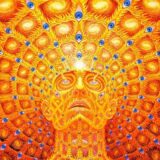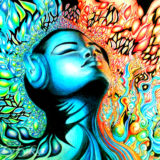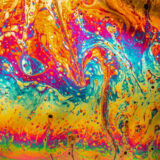Table of Contents
What Does Tryptamine Do To You
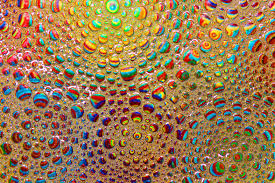
What is Tryptamine? [Define Tryptamine in Drugs]
Tryptamines are commonly known for being associated with psychedelic drugs because they actually ARE a family of psychedelic drugs. Tryptamines are a family or compounds which share similar chemical structure and effects as that of LSD. There are many different ways tryptamines are manufactured and administered. Many tryptamines are in powder form, within capsules, pressed into pellets or tabs, or liquid. Sometimes the liquid forms of tryptamines are turned into “blotters” via soaking into small squares of a variety of paper products.
Tryptamines are monoamine alkaloids containing an indole ring structure. The name “tryptamine” comes from a structurally similar amino acid, tryptophan. Tryptamine is already found in the human brain in trace amounts, and is likely a neurotransmitter of some sort (not yet completely understood). Tryptamines are agonists to the TAAR1 receptors in the brain. Tryptamines can do many things, but are very well known for acting as a non-selective serotonin receptor agonist, producing serotonin and dopamine. There are a lot of plants that contain tryptamines, with some plants containing higher concentrations. These plants are typically known to contain DMT, such as Acacia, Mimosa hostilis, Anadenanthera and the Virola genus.
What Are the Tryptamine Constituents in DMT?
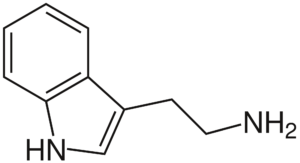
Almost all of the snuffs and drinks in the amazon used for the psychedelic capabilities throughout tribal history (especially those surrounding the Anadenanthera and Virola plants), relied on indolic alkaloids as active principles. These alkaloids are either open-chained or closed-chained tryptamines.
- The open-chained alkaloids included dimethyltryptamine (DMT), 5-methoxy-DMT, DMT-N-oxide, and 5-hydroxy-DMT-N-oxide.
- The closed-chained alkaloids included 2-methyl-, 1,2-dimethyl-7-methoxytetrahydro-β-carboline, and in some species (most Virolas), 6-methoxy-DMT and monoethyltryptamine.
There are also side-chains which have been researched for their psychoactivity. Only a few have shown any promising interest. Diallyl, dibutyl and diisopropyl analogs are well-known for their hallucinogenic properties. Diisopropyl is considered to be more than 10 times stronger than DMT.
Cerebrospinal Tryptamines
One essential amino acid that is very frequently found throughout the world that is also the basic building block for indolealkalylamines (most entheogens and psychedelics) is L-tryptophan. L-tryptophan is not considered psychoactive. Like bufotenine (which was long ago believed to have psychoactive, even psychedelic activity in large doses), L-tryptophan is cross-tolerant with DMT. It is also cross-tolerant with LSD. This means that L-tryptophan raises one’s tolerance for DMT, even if the person has never before tried the drug. The two bind to the same receptors.
Since the late 1970s, it has been known that tryptamines exist in the cerebrospinal fluid. Dr Samuel Christian is credited for identifying DMT, 5-methoxy-DMT, N-methyltryptamine and tryptamine in the brain and cerebrospinal fluid. These compounds are present in higher quantities in persons under extreme stress. It has been suggested that large amounts of these compounds building up in the brain can lead to schizophrenia. Some people may produce more than others in response to stress purely due to genetics. People who experience mental aberrations of any kind, may be responding to increased levels of DMT in the brain.
Legal Status of DMT

Many psychonauts are saddened to find out that DMT is illegal in the United States (and in many other countries around the world, including: Australia, Canada, the United Kingdom and many others). Still, it has been pointed out by many experts and enthusiasts throughout the years that DMT is not only present in the brain and cerebrospinal fluid of each person, but it is also present in the blood of every human being. Thus, the United States federal laws known as the Controlled Substances Act of 1970, made every U.S. citizen, guilty of holding a Schedule I, controlled substance. The specific applicable legal measure, Public Law 91-513, states that it is illegal to possess any substance of material that contains DMT. Today, it is generally okay to own some plants that contain DMT for ornamental purposes only, however, owning them with the intention to extract DMT or to use them for their psychedelic constituents, is illegal.
